Scandinavian architecture, also known as Nordic architecture, is characterized by its simplicity, minimalism, functionality, and strong connection to nature. It emerged in the early 20th century and has gained international recognition for its unique design principles. Here are some key aspects of Scandinavian architecture:
1. Simplicity and Cleanness: Scandinavian architecture often showcases clean lines, simplicity in form, and a minimalistic approach. The focus is on creating spaces that are uncluttered and visually calming.
2. Functionality and Practicality: Functionality is a fundamental principle of Scandinavian architecture. Spaces are designed to be practical and efficient, addressing the specific needs of the occupants. There is a strong emphasis on usability and creating comfortable living environments.
3. Use of Natural Materials: Natural materials play a significant role in Scandinavian architecture. Wood, in particular, is a cherished material due to its abundance in the region and its ability to create warm and inviting spaces. Other commonly used materials include stone, glass, and concrete.
4. Harmony with Nature: Scandinavian architecture seeks to establish a harmonious relationship with nature. Large windows are often used to maximize natural light and provide stunning views of the surrounding landscapes. Designs also aim to integrate seamlessly with the natural environment, whether in urban or rural settings.
5. Coziness and Warmth: A concept central to Scandinavian architecture is "hygge," which represents a feeling of coziness, comfort, and well-being. This is achieved through the use of warm materials, such as wood, along with soft textures, carefully crafted lighting, and inviting interior spaces.
6. Sustainable Design: Sustainability is deeply ingrained in Scandinavian architectural practices. The focus is on energy-efficient solutions, such as passive house design, efficient insulation, and alternative energy sources. Environmental considerations and ecological consciousness are given high priority.
7. Clean Color Palette: Scandinavian architecture commonly employs a clean and muted color palette. Whites, grays, and earth tones dominate the interiors, creating a sense of tranquility and serenity. This neutral backdrop allows for the integration of pops of color in furniture, textiles, or artwork.
This is one of the forty original architectural styles based on which I generated references for the interior and exterior of the target building.
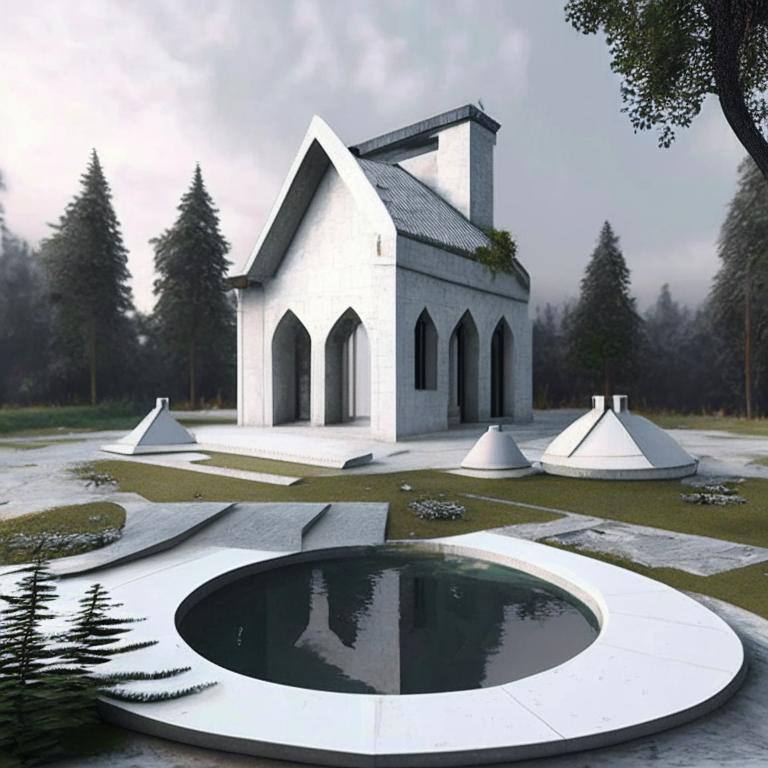
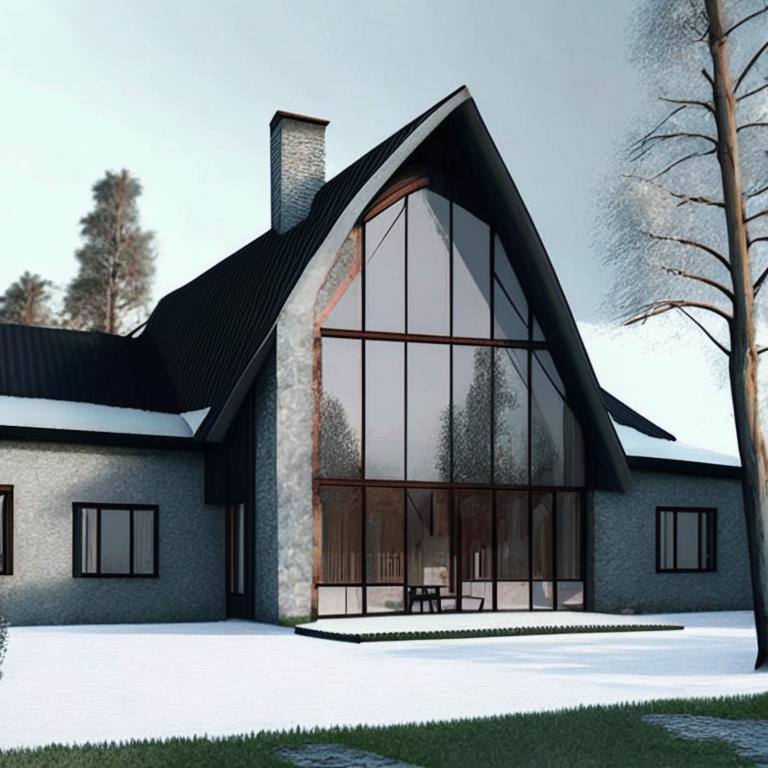
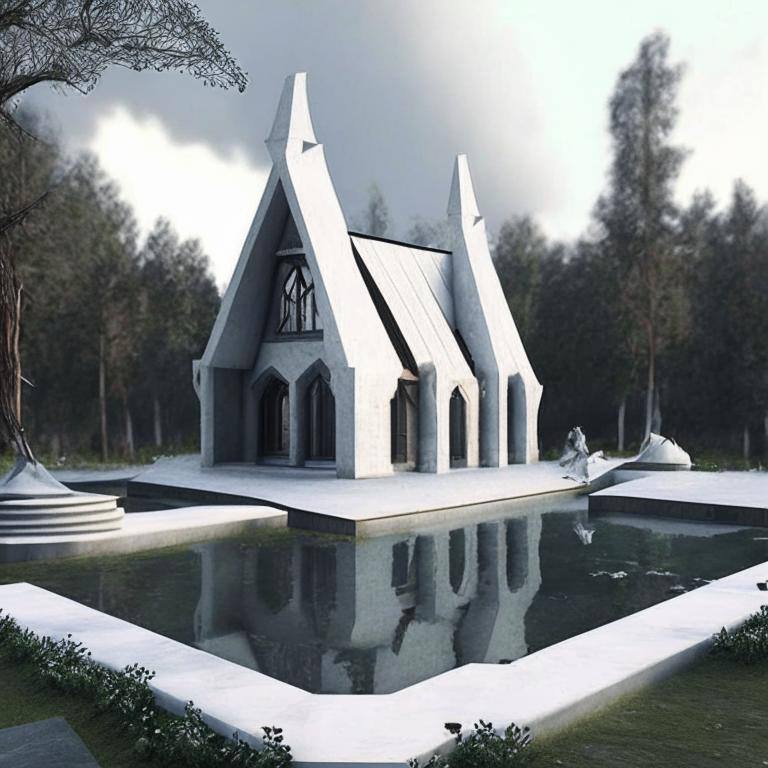
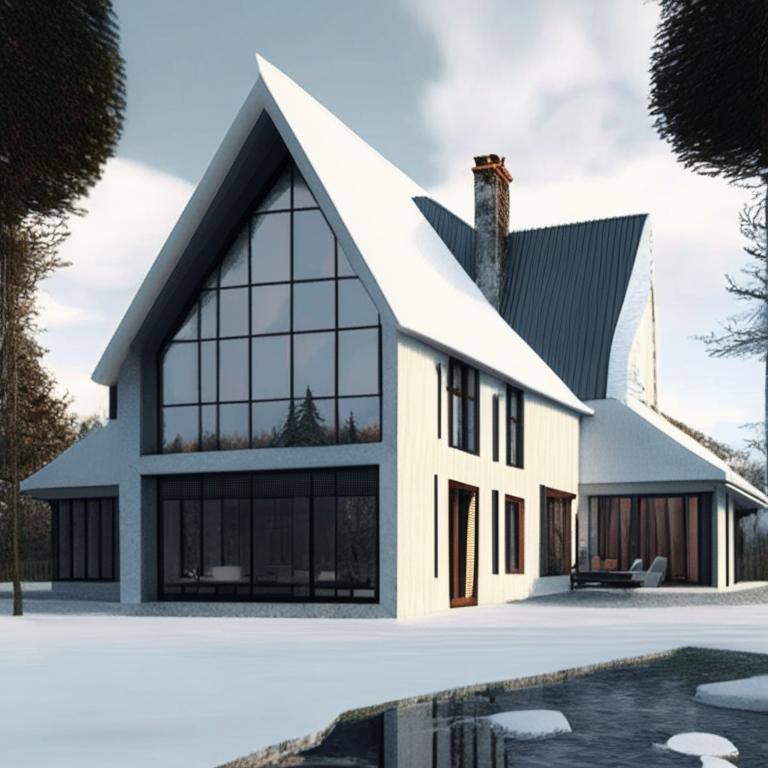
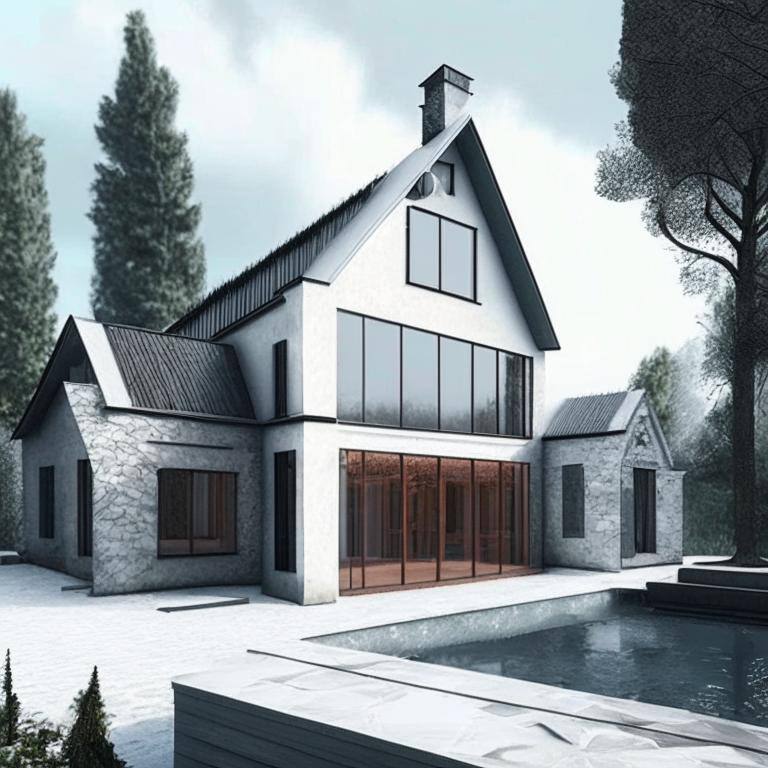
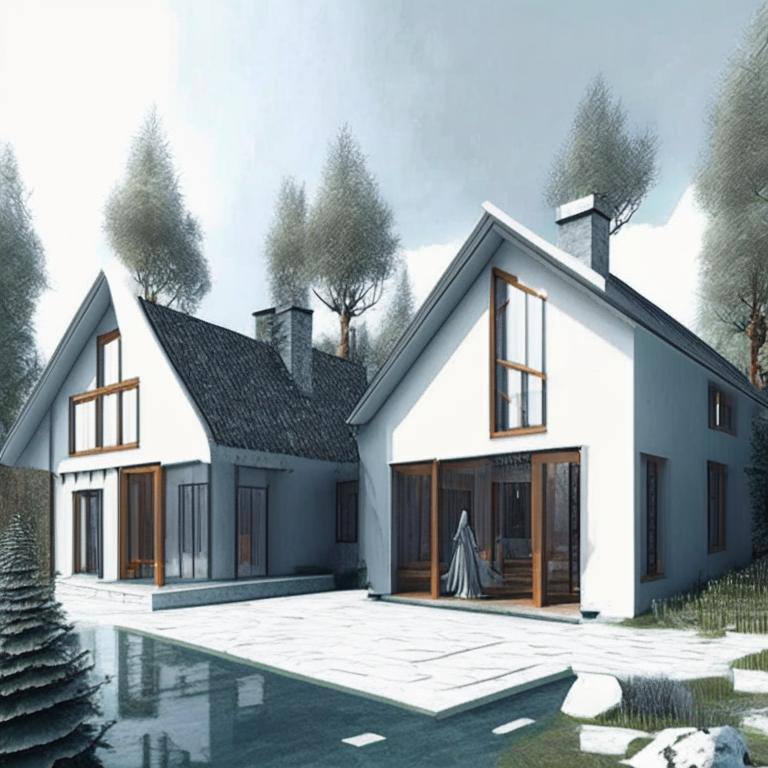
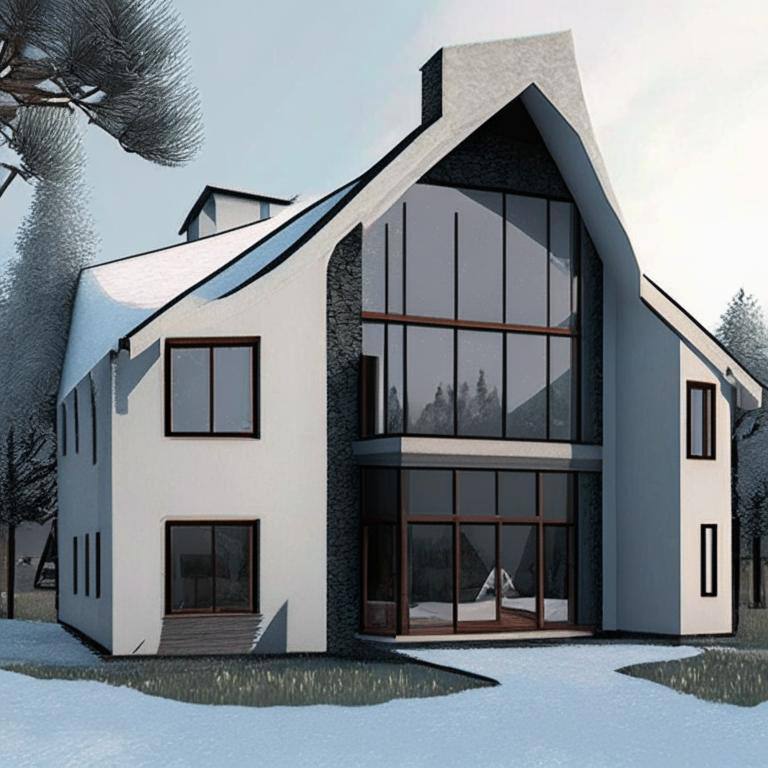
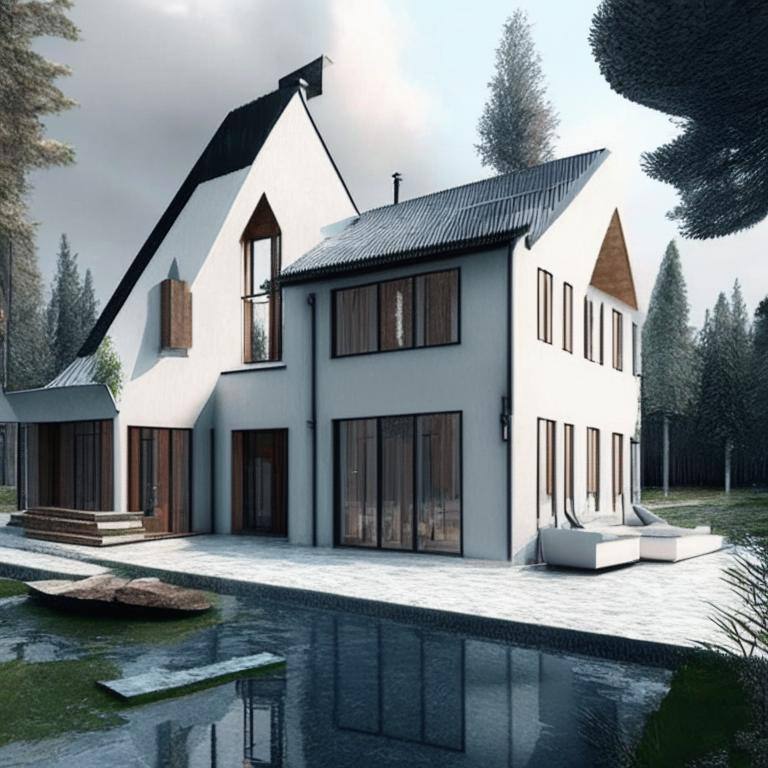
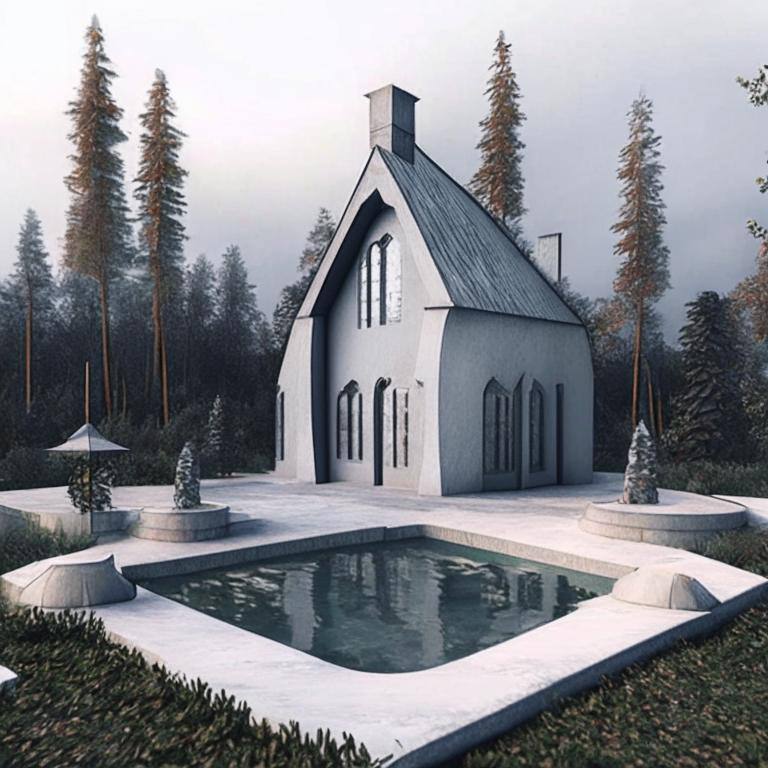
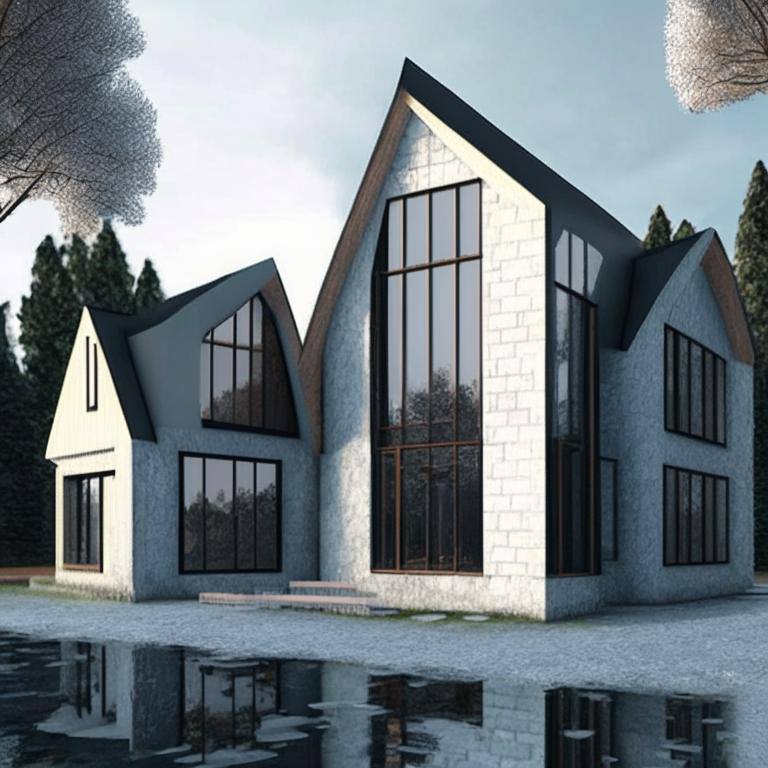

There is no comments